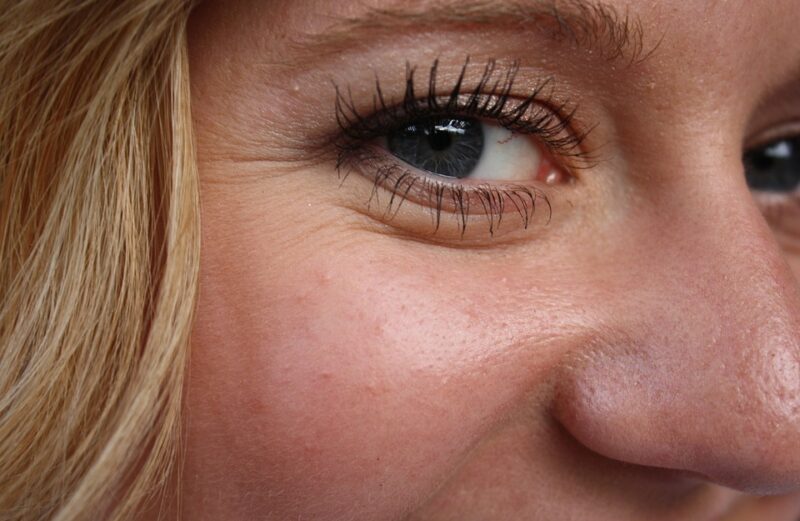Table of Contents
From Chemical Peels to Laser Therapy: Effective Dark Spot Removal Methods
Dark spots, also known as hyperpigmentation, can be a frustrating and aesthetically displeasing skin concern. They can appear as a result of various factors, including sun exposure, hormonal changes, acne, and skin injuries. While they can be challenging to treat, there are several effective methods available to remove dark spots and achieve a more even-toned complexion. In this article, we will explore the different dark spot removal methods, including chemical peels, laser therapy, and other treatments.
Chemical Peels
A chemical peel is a non-invasive treatment that involves applying a solution containing alpha-hydroxy acids (AHAs) or beta-hydroxy acids (BHAs) to the skin. The solution helps to break down the “glue” that holds dead skin cells together, allowing them to be easily removed. This process helps to reveal smoother, brighter skin and can be especially effective in removing dark spots caused by sun damage, acne, and hyperpigmentation.
There are different types of chemical peels, ranging from light to deep. Light peels are gentle and suitable for most skin types, while deep peels are more aggressive and may require some downtime. Chemical peels can be performed in a series, with each treatment building upon the previous one to achieve optimal results.
Laser Therapy
Laser therapy is a more advanced treatment that uses high-intensity light to target and remove dark spots. There are several types of lasers that can be used for dark spot removal, including Q-switched lasers, fractional CO2 lasers, and Nd:YAG lasers. Each type of laser has its own unique benefits and can be used to treat different types of dark spots.
Q-switched lasers are particularly effective in removing dark spots caused by sun damage and melanin. They work by emitting a high-intensity pulse of light that breaks up the melanin, allowing it to be easily removed by the body. Fractional CO2 lasers, on the other hand, are more aggressive and can be used to treat deeper dark spots and fine lines. Nd:YAG lasers are often used to treat darker skin tones and can be used to remove dark spots caused by hyperpigmentation.
Other Dark Spot Removal Methods
In addition to chemical peels and laser therapy, there are several other methods that can be used to remove dark spots. These include:
- Creams and serums: Topical creams and serums containing ingredients such as vitamin C, retinol, and hydroquinone can help to lighten and remove dark spots.
- Microdermabrasion: This non-invasive exfoliating treatment can help to remove dead skin cells and improve skin texture, making it easier to remove dark spots.
- Micro-needling: This minimally invasive treatment uses tiny needles to create micro-injuries in the skin, stimulating collagen production and helping to remove dark spots.
- Photofacial: This non-invasive treatment uses intense pulsed light (IPL) to target and remove dark spots, as well as reduce the appearance of fine lines and wrinkles.
Conclusion
Dark spots can be a frustrating and aesthetically displeasing skin concern, but there are several effective methods available to remove them. From chemical peels to laser therapy, and other treatments, there is a treatment option available to suit every skin type and concern. By understanding the different dark spot removal methods and their benefits, individuals can take the first step towards achieving a more even-toned and radiant complexion.
Recommended Products
-
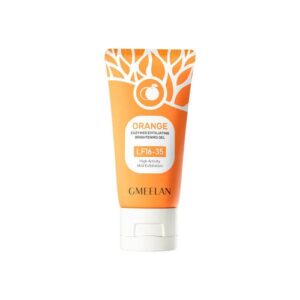 Gmeelan Orange Enzymes Exfoliating Brightening Gel – 50gKD4.500
Gmeelan Orange Enzymes Exfoliating Brightening Gel – 50gKD4.500 -
 Zero Spot Lotion 60ml | Clear & Even SkinKD5.000
Zero Spot Lotion 60ml | Clear & Even SkinKD5.000 -
Product on sale
 You Glow Babe Beauty White REJUV SETOriginal price was: KD8.000.KD6.000Current price is: KD6.000.
You Glow Babe Beauty White REJUV SETOriginal price was: KD8.000.KD6.000Current price is: KD6.000. -
 Prestige Kagayaku Bleaching Soap 75gKD2.000
Prestige Kagayaku Bleaching Soap 75gKD2.000 -
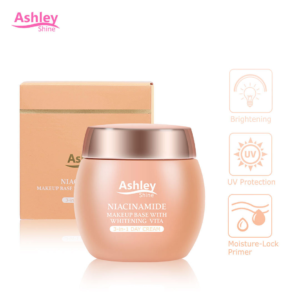 Ashley Shine Niacinamide Whitening 3 in 1 Day Cream – 50gKD4.000
Ashley Shine Niacinamide Whitening 3 in 1 Day Cream – 50gKD4.000 -
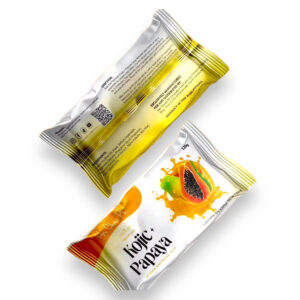 Her Choice Kojic Papaya Soap 120gKD2.500
Her Choice Kojic Papaya Soap 120gKD2.500 -
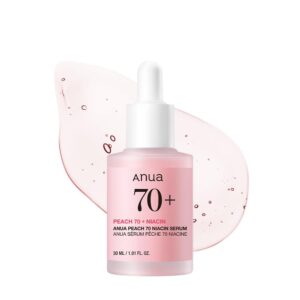 Anua Peach 70 Niacin Serum 30mlKD8.000
Anua Peach 70 Niacin Serum 30mlKD8.000 -
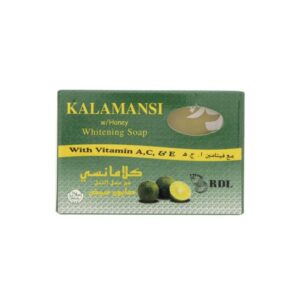 RDL Kalamansi Whitening Soap – 135gKD1.250
RDL Kalamansi Whitening Soap – 135gKD1.250 -
 Honest Glow Niacinamide Soap by Transformed Skin 100gKD2.500
Honest Glow Niacinamide Soap by Transformed Skin 100gKD2.500

